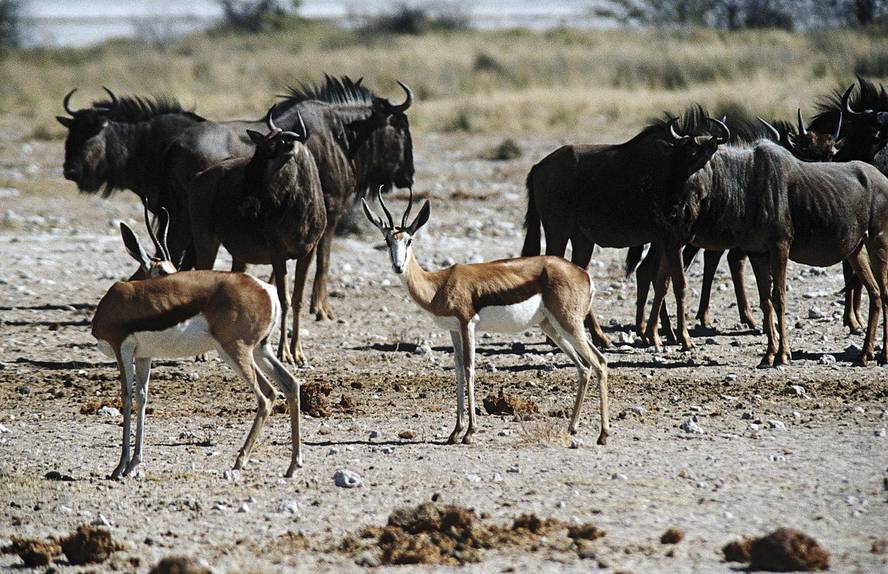Looking to the ground to become aware of biodiversity

In addition to qualitative biodiversity, the number of individuals of each of the species present in a given area can be known by analyzing the remains left by animals in the soil. A team of researchers from the University of Copenhagen published in the journal Molecular Ecology a study of the DNA of the parts of the skin, scales and other remains found in the soil.
In the chosen place, it would be enough to take surface samples at a depth of ten centimeters, according to the researchers, to know their biodiversity. It would only be necessary to extract and sequence the DNA remains found in the sample.
To test the idea, samples were collected in farms and safaris parks, where the number of specimens per species is known. The DNA sequences extracted from the sequences were contrasted with the GenBank database, which allowed to detect the presence of remains of all the expected animals.





